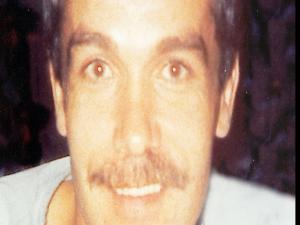
Police have expressed regret after a watchdog found officers assaulted a man who later died from his injuries.
West Belfast man John Hemsworth, 39, died six months after being attacked near Springfield Road in July 1997 during disturbances linked to the Drumcree dispute in Portadown.
Police Service of Northern Ireland (PSNI) Deputy Chief Constable Drew Harris said: "It is a matter of deep regret that individual culpability for the assault on Mr Hemsworth has not been identified and that police officers who may have committed offences have not been held to account."
Before his death, Mr Hemsworth alleged police officers had carried out the assault but two subsequent investigations were inconclusive.
However, when the controversial case was referred to the Northern Ireland Police Ombudsman for independent investigation years later, new evidence was unearthed.
Ombudsman Dr Michael Maguire said: "The medical evidence is that the injuries sustained by Mr Hemsworth were the sole underlying cause of his death in 1998. Further, the available evidence leads me to conclude that those injuries were sustained as a consequence of Mr Hemsworth being assaulted by police officers.
"I am concerned that throughout the course of three investigations and an Inquest no officer who was present has been able to recall the incident."
The assault took place after a night of trouble during which Springfield Road police station had come under repeated attack from petrol bombs and other missiles.
The Royal Ulster Constabulary (RUC) had deployed riot squad officers in a bid to disperse the crowds.
Mr Hemsworth, who was making his way home after a night out, alleged that as he was walking along Malcolmson Street, a minor road off the Springfield Road, police assaulted him.
He was treated in hospital for a broken jaw and discharged.
Mr Hemsworth provided a brief account of what happened to his solicitor, who, after his death, lodged a complaint with police.
At post mortem, the pathologist said it had not been possible to link Mr Hemsworth's death to the injuries he had received.
The lack of detail in his account also meant police were unable to properly establish his movements prior to the assault, nor who had been with him and in January 1999, police reported that they had found no evidence to support the allegations.
However, members of the Hemsworth family pursued the case and an inquest was ordered by the Attorney General.
The coroner concluded 'it was highly probable that one or more officers of the RUC Operational Support Unit Blue Section was responsible for the injuries to Mr Hemsworth', which were likely to have played a part in his death.
After receiving a referral from the PSNI, Ombudsman investigators carried out door-to-door inquiries, issued media appeals, held a public meeting and sought footage from military helicopters but none provided new evidence.
They also traced witnesses who had been with Mr Hemsworth on the night of the attack.
These witnesses, who corroborated each other's evidence, said Mr Hemsworth and a number of other people had been at a house at Brittons Parade until after 1am on the morning of the assault.
Unable to get taxis, they decided to walk to their homes and all left the property together. One witness, the last of the group to see Mr Hemsworth, said she parted company with him at Oakman Street.
Given this information, the Ombudsman's office staged a reconstruction of the route Mr Hemsworth would most likely have taken to get to his home in Conway Square. This placed him in Malcolmson Street at or around 1.45am when police officers from the Blues Section were known to have been present.
Dr Maguire said: "The previous investigations did not get this information and were working to a flawed timeline. They relied on the evidence available then that Mr Hemsworth had arrived home not any later than 1.15am, before the RUC Blue Section was in Malcolmson Street."
Ombudsman investigators then interviewed 16 police officers from a number of units of the RUC's Blue Section, some of whom were in Malcolmson Street that night.
None admitted assaulting Mr Hemsworth, nor did they implicate any of their colleagues in the attack.
Most of the officers have retired from policing, but others remain within the PSNI.
DCC Harris said the PSNI accepted the Ombudsman's findings and appealed for anyone with information to come forward.
Mr Hemsworth's widow Collette said her lengthy quest for truth was worthwhile.
She said: "This has been an emotionally exhausting journey in establishing the truth and the facts surrounding John's death and I welcome the report findings by Dr Maguire.
"I was robbed of my loving husband and my daughter of her devoted father.
"Nothing can ever replace that aching gap in our lives. The cherished memories we have of John remain with us every single day. He was a wonderful human being who would not have harmed a living soul and yet he was so cruelly set upon.
"Despite all the heartache of this past 19 years we can finally say that we established the truth for John - that the vicious and unprovoked assault by the RUC on John was the direct cause of his death. In that regard the battle for the truth was worthwhile despite how difficult it was."
Meanwhile, Relatives for Justice, which has supported the family, described it as "beyond incredible" that none of the officers interviewed could remember anything about the attack and Mr Hemsworth's daughter Danielle appealed for them to "break the wall of silence".


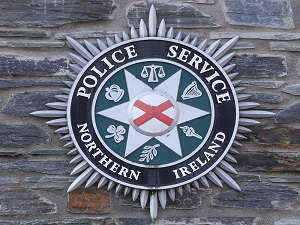 Teenage girl killed in road crash named as Kamile Vaicikonyte
Teenage girl killed in road crash named as Kamile Vaicikonyte
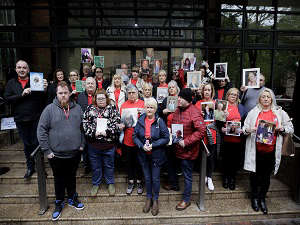 Covid-19 inquiry ‘an opportunity for candour’ from Stormont leaders
Covid-19 inquiry ‘an opportunity for candour’ from Stormont leaders
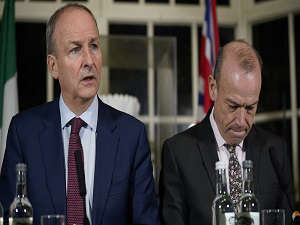 UK and Irish ministers to meet amid row over migration
UK and Irish ministers to meet amid row over migration
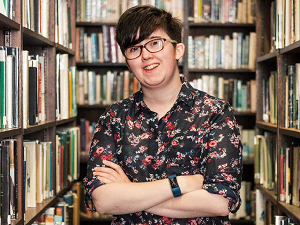 Three men set to go on trial for murder of journalist Lyra McKee
Three men set to go on trial for murder of journalist Lyra McKee
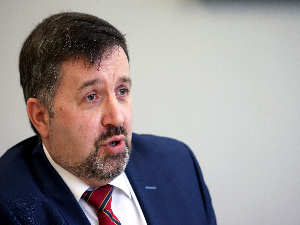 Swann refuses to rule out resigning if budget is not changed
Swann refuses to rule out resigning if budget is not changed